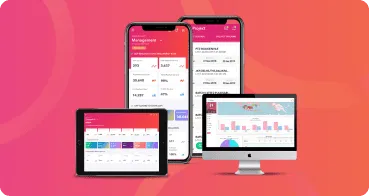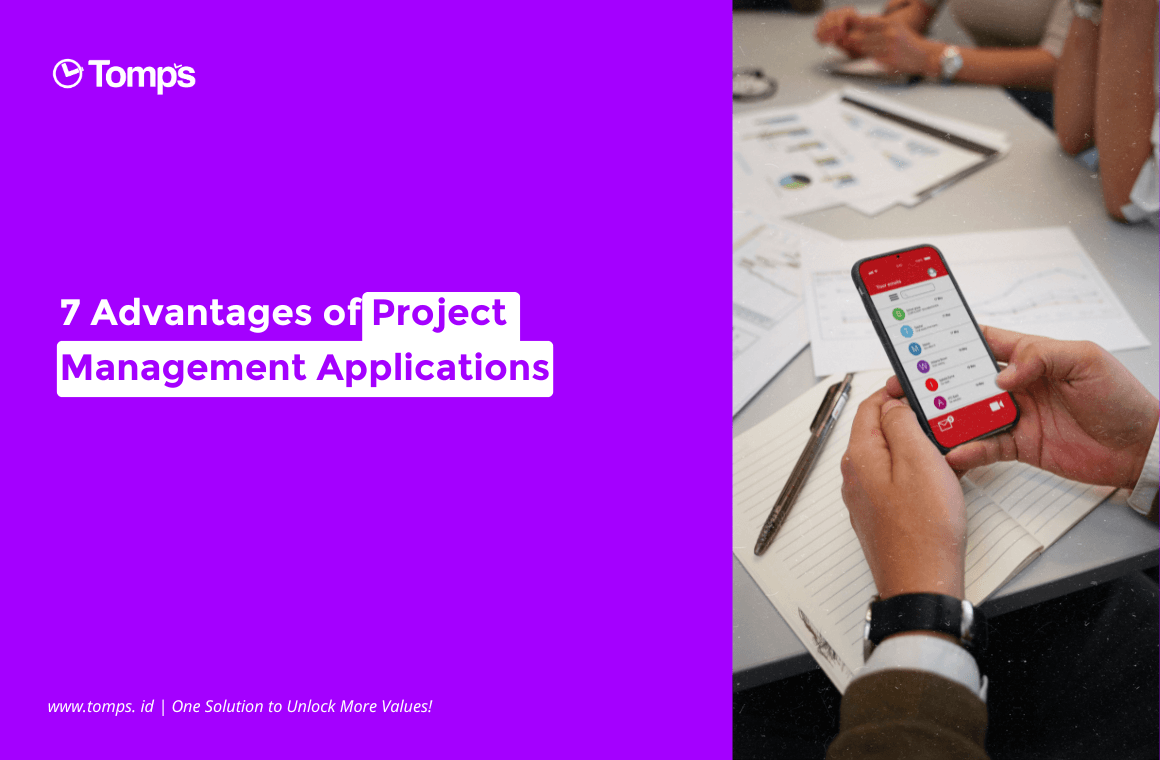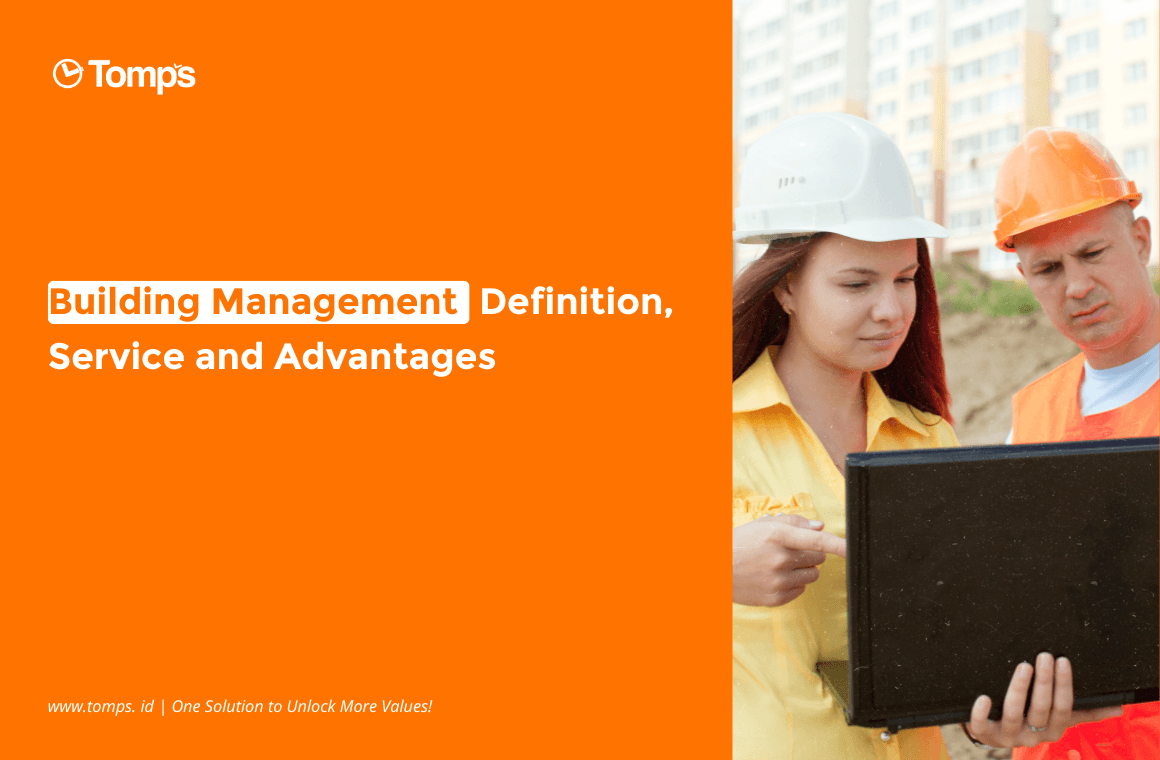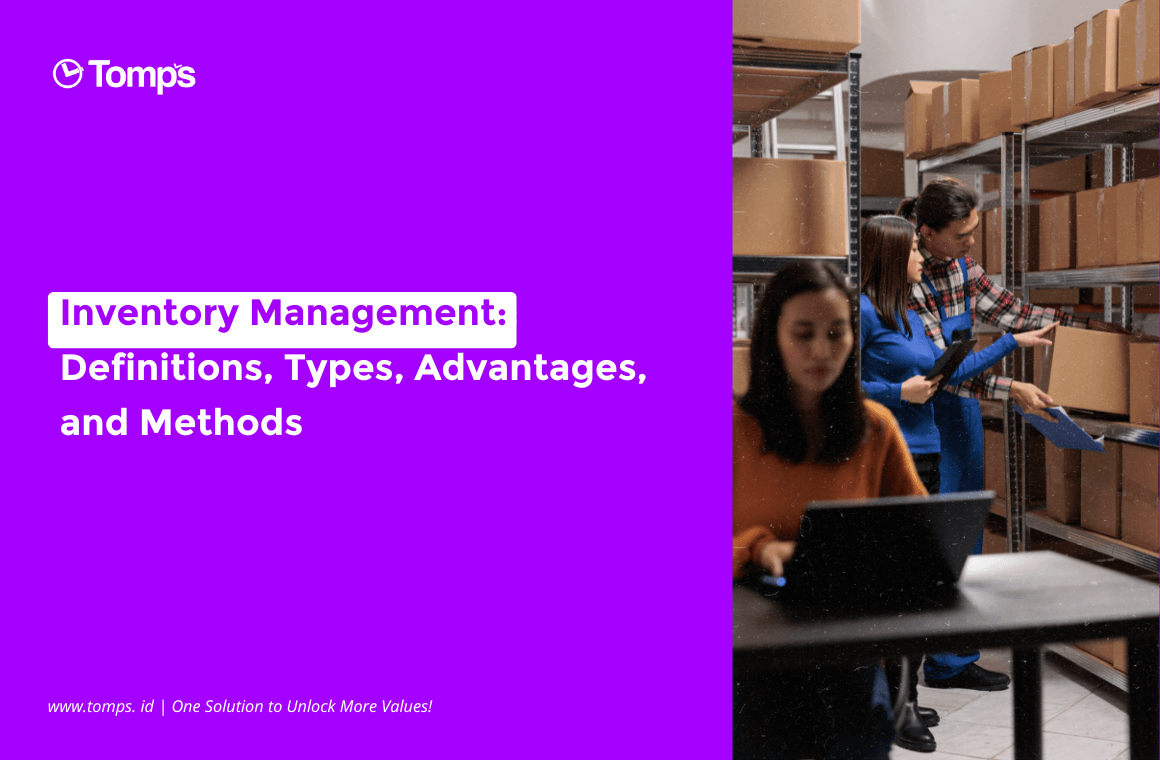The company's business revolves around its projects. Imagine that the project you are managing is conducted without you having a solid foundational understanding of project management. Let's now review the definition, types, and main functions of project management!
Definition of Project Management
According to Investopedia, Project management is an approach to resource planning and management that businesses can use to finish a project. It involves a number of processes, beginning with initiation and continuing through strategy formation, implementation, monitoring, and closure.
The duration over which it is conducted is where project management differs from general management. The rationale is that project management is required whenever an organisation wishes to execute a specific project or event. Conventional management, on the other hand, addresses more ground and the organiser has no control over the duration.
The term "project manager" typically refers to the individual in charge of overseeing the project's overall continuity as well as all of its specifics. They are responsible individuals who need to possess a wide range of abilities, including adequate business knowledge.
Types of Project Management
Agile Project Management
Agile project management is an approach to project management that emphasises effective teamwork and communication. It is based on the ideas of the Agile manifesto. This kind of project management is very adaptable and works with many different kinds of projects. Agile project management prioritises customer responsiveness and collaboration by breaking down a project into incremental steps.
Traditional project management is fundamentally different from agile project management in that it frequently centres around broad, overarching objectives. Agile project management does not work in a step-by-step, sequential way. Instead, different team members within an organisation complete the project's phases concurrently. Errors can be found and fixed with this method without needing to start the process from scratch.
Kanban Project Management
A method for visualising the project work flow is called Kanban. The word "kanban" comes from the Japanese "nameplate." As the name suggests, this tactic is derived from Japanese informational boards. Within the field of project management, a Kanban board is utilised to present visual data about the status of a project. To make it easier for team members to see which work has been completed and which is still hampered, all participants will adhere paper to the columns that indicate the stages of the project work.
Waterfall Project Management
The earliest technique in the SDLC is the waterfall method. However, despite being the oldest, the technique employed in it is extremely basic. It is a more linear method. So, you can start working on the next phase right away after finishing the previous one. Every one of these stages has a derivative of some sort, indicating that they are related and have an impact on one another.
This sequence of stages will resemble a waterfall when illustrated. This is the reason why this stage is called the waterfall phase. Waterfall project Management must be finished in a sequential manner according to the project management methodology. With this method, a new phase doesn't begin until the one before it is finished. Team members manage a project by progressing linearly towards a predetermined destination. Every team member has a distinct role, and no stage or objective is supposed to change.
Lean Project Management
Lean project management is a popular method that is often used by companies. This method is claimed to be able to help companies improve the quality of their products and run them efficiently. This method is used by a company to improve production quality, increase value, and reduce waste.
Apart from that, this method focuses more on freeing up time and increasing production results. This method is very useful for the progress of a company. This method identifies several types of waste, namely waste of resources that do not provide profit value for the company, excessive use of tools or employee recruitment, and uneven operations that have the potential to reduce long-term productivity.
Functions of Project Management
Ensure the project is carried out with focus.
A key component of effective project management is making sure the project is managed with focus. To complete a project successfully and efficiently, focus is essential. Several actions and best practices must be followed in order to accomplish this. A project's focus can be maintained through careful planning, ongoing observation, efficient communication, and learning after the project is completed. Projects have a better chance of succeeding when these procedures are followed.
Verify that tasks are completed by the deadline and to the planned standard.
A key component of effective project management and productivity is making sure that work is finished on time and meets goals. Careful planning and efficient time management are needed to accomplish this.
Making sure that work meets deadlines and targets is a goal that can be accomplished with careful planning, efficient time management, excellent communication, and a constructive post-project evaluation. This builds a solid foundation for success in a variety of projects and boosts productivity and efficiency.
Foresee and estimate potential issues.
A key component of effective project management is foreseeing and predicting potential issues. Although problems in the world of projects are sometimes unavoidable, the actions taken to anticipate, prevent, and resolve them can significantly impact the project's outcome.
In project management, it is safe to foresee and anticipate issues. This can raise the project's chances of success and make it function more smoothly and efficiently. Project teams can overcome any obstacles that may arise by using thorough planning, robust backup plans, vigilant oversight, efficient communication, and post-project learning.
Project Management Applications to Maximise Project Outcomes
According to Workmajig, in the midst of the current digital era, did you know that 22% of project managers still manage their projects using manual spreadsheets? In fact, project management applications provide support for 77% of high-performance projects.
There are high standards and complexity in the field of project management. Tomps is a web-based and mobile project management tool that offers an easier way to manage projects. Tomps offers clever features for the different kinds of projects you oversee in order to satisfy the demand for the highest level of quality and efficiency in project management. Keep track of every project development accurately, transparently, and in real time. Improve project management and witness more ideal business growth with Tomps!
Sources:
Cohen, H. (2022, September 19). Project Management Statistics: 45 Stats You Can’t Ignore. Workamajig.com; Workamajig. https://www.workamajig.com/blog/project-management-statistics
GreatNusa. (2023, February 21). 3 Fungsi Manajemen Proyek Dalam Perusahaan - GreatNusa. GreatNusa; GreatNusa. https://greatnusa.com/artikel/fungsi-manajemen-proyek/
Bar-Joseph, S. (2020, December 20). Your complete guide to project management in 2023. Monday.com Blog. https://monday.com/blog/project-management/guide-to-project-management/
T Dewi Lestari, & T Dewi Lestari. (2023, March 15). Agile Project Management : Pengertian, Cara Kerja, Manfaat hingga Prinsipnya. Blog Arkademi. https://arkademi.com/blog/agile-project-management-adalah/
The Investopedia Team. (2023). Project Management: What It Is, 3 Types, and Examples. Investopedia. https://www.investopedia.com/terms/p/project-management.asp
Wrike. (2023). Beginner’s Guide to Kanban Project Management | Wrike. Wrike.com. https://www.wrike.com/kanban-guide/







